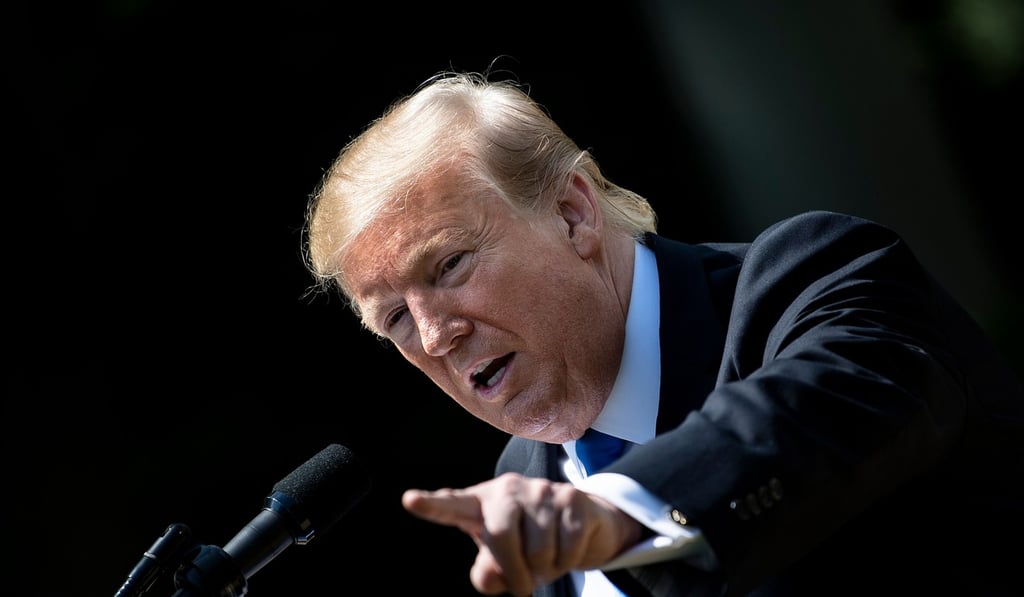US-China trade deal beckons. But can either side be trusted?
- The two countries are caught in a vicious circle of mistrust.
- To break it, Chinese misconceptions of US intentions and American defeatism must both be abandoned.

US President Donald Trump’s May 5 tweet notwithstanding, the United States and China seem to be on the verge of a trade deal. But even if an agreement is reached, it will be just the beginning; as President Reagan famously put it, it will be time to trust and verify. Negotiations so far have focused on “verify”. Trust will be at least as important in getting results, but can it be achieved?
China will reportedly promise to stop forced technology transfers, ease restrictions on foreign investment, introduce new protections for intellectual property (IP), and improve market access for sectors ranging from cloud computing to financial services and auto imports. It may also commit to buying, over time, more than US$1 trillion of US agricultural, energy and industrial products.
The unanswered question is whether these commitments will be real. Will China increase imports beyond what is expected, or just shuffle goods among sources? Will its commitments to buy more US agricultural and energy products come at the expense of partners such as Australia, Brazil, and Europe, thereby straining US relations with them? Will China make changes within its opaque regulatory systems? Will it lift tariffs and other restrictions only to reveal new barriers to US exports and investment? US experts are sceptical.

US negotiators are trying to answer these concerns with a web of penalties and incentives, covering when and which tariffs will be removed, how they might be reimposed, and what retaliation is permitted. These provisions can help, but by themselves will generate more arguments than trust.
China will not quickly trust the US. In Chinese eyes, the US seeks to disarm the Chinese economy, just as it did in the 19th and early 20th centuries, but now because it fears China becoming too successful.

